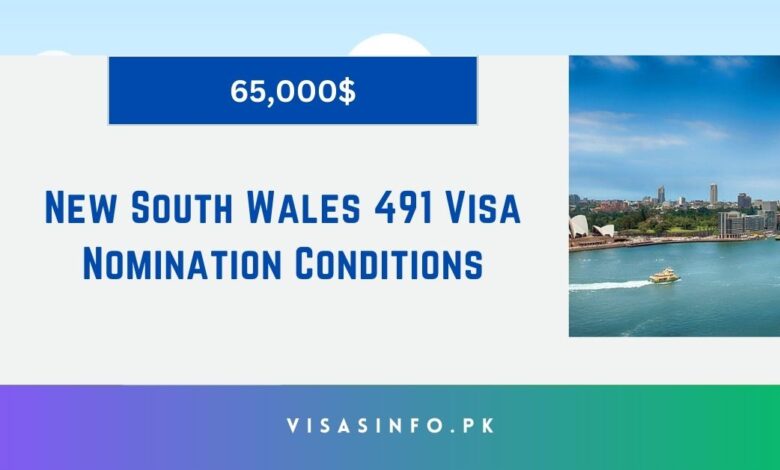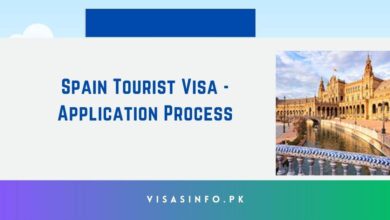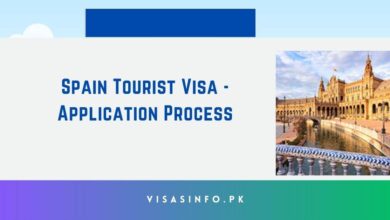New South Wales 491 Visa Nomination Conditions

Comprehending the complexity of migration updates, challenges, and opportunities In Australia. Recent developments in Australia’s dynamic migration scene include the disclosure of the sponsorship conditions for the 491 Visa by the government of New South Wales and the release of detained refugees.
This comprehensive examination delves into these significant occurrences and elucidates the intricacies and implications of the migration process. We also examine the government’s initiatives to strengthen the immigration department, the situation regarding the delay of applications for provisional permanent residence, and the increasing demand for qualified workers in a variety of industries.
The Refugee Detainee Saga
The current drama, which involves the release of 81 refugee prisoners, is at the forefront of migration headlines. These prisoners were denied visas due to prior criminal convictions and their home country’s unwillingness to deport them, despite the grave nature of their crimes, which include sexual offenses. Although these individuals have been granted freedom, their visas are subject to stringent conditions.
In certain instances, these limitations necessitate that they report to authorities daily, which further restricts their employment opportunities. This high-profile incident has resulted in the public’s eagerly anticipated essential immigration adjustments being postponed.
Sponsorship Requirements for the 491 Visa in New South Wales
The government of New South Wales has completed the final stage in a process that has been completed by other states: the release of its sponsoring requirements for the 491 Visa. Candidates have two alternatives at their disposal:
A direct application to the New South Wales Government
Submission of an Expression of Interest (EOI) in anticipation of receiving an invitation to participate in the initial pathway
Direct Application
Candidates are required to maintain a continuous residence in a designated region of New South Wales for a minimum of 12 months and work for a single regional employer in their chosen occupation. A 38-hour workweek necessitates a minimum wage of $70,000.
Expression of Interest (EOI) Submission
The second pathway is open to candidates from both onshore and offshore. Therefore, specific residency requirements
The government’s emphasis on the development of democracy and social cohesion
The Minister utilized the controversy surrounding the detention of immigrants as an opportunity to address the objectives of the Albanese government in fostering social cohesion and democracy, emphasizing the significance of a well-functioning immigration office. He underscored that the government will promptly reject protection visa applications from individuals who are attempting to exploit the system to enter Australia for extended periods.
The minister acknowledged the necessity of a gradual approach to reform an inefficient Visa system, as evidenced by the ongoing expenditures on personnel and resources.
Staff expansion and enhancements to the visa system
The Visa system has been maintained by the Albanese government, which has hired over 680 additional individuals since May 2022. This has resulted in a substantial 70% reduction in the number of temporary visa applications that are currently under review. It is important to note that the processing time for teacher and nurse visa applications has been reduced from approximately seven weeks to a matter of days.
However, the issue of delayed applications for provisional permanent residence, which includes those for the 489, 309, 491, and 300 visas, remains unresolved. Proponents believe that the increased staffing level will progressively reduce delays in these critical areas.
Check Also: Move To Europe With Your Family with a Fast Visa
Benefits of New South Wales 491 Visa Nomination Conditions
- Skilled Workers Priority Processing: Applicants in high-demand occupations may experience expedited processing times, which guarantees a more expedited visa application process.
- Pathway to Permanent Residency: The 491 Visa enables skilled workers to subsequently file for permanent residency (via the 191 visa) after satisfying specific criteria, including working and residing in regional Australia for a minimum of three years.
- NSW provides a comprehensive: list of eligible occupations that are indicative of the state’s economic requirements, thereby expanding the pool of competent workers from a variety of industries.
- Reduced Points Requirement: The NSW 491 nomination may have a lower points threshold than other skilled migration visas, which may enable applicants with fewer points to qualify.
- Regional Living Advantage: Visa holders are required to reside in regional NSW, where the cost of living is frequently lower and there may be a greater number of employment opportunities in specific industries.
- Flexibility in Employment: The visa grants holders the ability to work in their designated occupation or any related field in regional NSW.
- Access to Public Services: 491 Visa holders can participate in the development of their regional community by accessing essential public services, including healthcare and education.
Addressing Housing Shortages and Changing Skill Demands
The housing scarcity in Australia was also addressed by the minister. In recognition of the role that migration plays in alleviating these burdens, he underscored the necessity of migrants possessing the necessary skills to contribute to the construction of homes in the nation. The Australian employment market is transforming, as construction workers may surpass teachers and nurses as the most sought-after professions.
Employment Opportunities and Proficiencies
The top 20 vocational programs associated with the highest employment rate among graduates were identified in a study conducted in Australia. It is noteworthy that Certificate III and Correctional Practice were tied for the top position, suggesting that there are potential employment opportunities within the prison system.
Nevertheless, the report also acknowledged that international students can enroll in the Diploma in Nursing and the Certificate III in Air Conditioning and Refrigeration.
New South Wales State Sponsorship: Readers’ Perspectives
A reader remark discloses a modest yet substantial modification to the New South Wales State sponsorship regulations for the 491 and 190 skilled visas in the 2023–24 fiscal year. Applicants are prohibited from altering their expression of intent after they have received an invitation from New South Wales under the new rule.
This underscores the importance of conducting a thorough evaluation of EOIs to ensure that state laws are being adhered to. Although recognizing the significance of precision, there are apprehensions regarding the government’s adaptability and equity in permitting minor modifications.
Lastly, the migratory landscape in Australia is undergoing a significant transformation, transitioning from the public release of high-profile detainees to the announcement of State sponsorship obligations. The government’s proactive approach to evolving issues is demonstrated by its determination to address the housing crisis and strengthen the immigration department.
Conversely, concerns regarding the potential consequences of stringent regulations and the delays in the processing of applications for provisional permanent residence persist. It is still imperative for both applicants and stakeholders to remain informed and navigate the system with proficiency as the migratory landscape evolves. It is recommended that you seek professional help in the event of any challenges to ensure a smoother transition through the intricate realm of Australian immigration.
Frequently Asked Questions:
-
What is the processing time for NT 491 nominations?
The processing times for NT 491 visa nomination applications are generally as follows: Applications from NT students and residents typically take around one month to process. Offshore applicants approximately six months.
-
What are the conditions for a 491 bridging visa?
To qualify for a Subclass 491 visa, you would need to be aged between 18 and 44, inclusive. Their dependent family members over the age of 18 must possess at least functional English, and they must speak English at a proficient level. They must also obtain a positive skill assessment in an occupation that is included in the relevant skilled occupation list.
-
How much is the NT nomination fee?
$300
The processing of the applications for the NT Government Nomination incurs a non-refundable service fee of $300.



